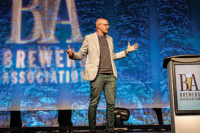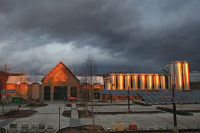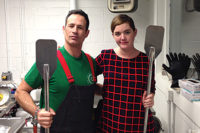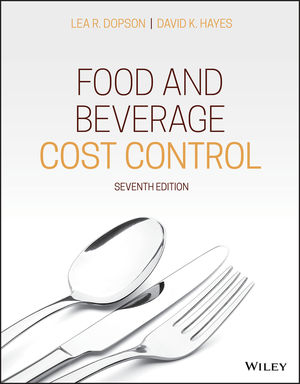Craft beer sales surge 110 percent, Mintel reports
Market research firm estimates beer segment to reach $20 billion in 2014

New research from Chicago-based Mintel suggests that while craft beer drinkers might enjoy the big, bold flavors of their favorite artisanal brews, they also place a premium on what the beer says about them. For the 25-34 age group, which represents the segment's heaviest consumers, 70 percent say that the brand of beer says a lot about a person, and 66 percent say the style does the same. This strong sense of self has manifested itself in record sales for the craft beer industry, as Mintel estimates sales of craft beer — including craft-style offerings — will reach $20 billion in 2014, more than doubling sales of five years ago.
According to Mintel's new research, 23 percent of respondents drink craft beer. Although this is smaller than the 53 percent of consumers older than the age of 22 that drink any type of beer, it's not far from 30 percent of consumers who exclusively drink non-craft beer. Although craft consumption is not ubiquitous, the segment is not struggling to find acceptance. Craft beer drinkers are most likely to say beer style is important in product selection, with 51 percent saying this is an important factor, as opposed to only 11 percent of non-craft-only drinkers. Branding does not have as strong of appeal among craft drinkers (47 percent), as compared with non-craft drinkers (56 percent), Mintel’s data suggests.
“There is a strong sense of community in the craft beer world,” said Mintel food and drink analyst Beth Bloom in a statement. “Consumers like to share knowledge with one another and are highly invested in the products that they choose. Not only that, but craft brands share exposure through collaboration, a practice almost wholly unique to the craft beer market. As such, tap rooms, bottle shops, and beer-garden-style breweries, where craft beer can be discovered, discussed, consumed on-site, and even purchased for at-home enjoyment, make for a complete, customizable experience. Craft beer is not only a beverage choice; it appears to be a lifestyle choice.”
Indeed, more than half — 53 percent — of craft beer drinkers like to share their knowledge of beer with others. To wit, 13 percent of craft beer drinkers say they select a product that looks cool when the kind of beer they typically drink is not available, and 8 percent of craft drinkers say label or packaging design is important in their purchase decision.
Additional information uncovered in the report includes the following statistics:
• Respondents from households with children are significantly more likely — 61 percent — than those without — 49 percent — to drink beer to relax.
• Craft drinkers from the Midwest are significantly more likely than respondents from other regions to support a particular brewery (29 percent). Western states are the most image-conscious, with 57 percent agreeing that the brand of beer consumers choose says a lot about them, and 47 percent saying it's a source of pride to try as many beers as they can. The consumption of craft beer is lowest in the South at 16 percent.
• More than half — 55 percent — of respondents report that they are willing to spend more money for craft beer, indicating that crafty beer (craft-style beer produced by larger brewers) provides major breweries an avenue for considerable growth.
“The leading purchase driver among craft beer drinkers is style, pointing to a more discerning consumer base,” Bloom said. “Not only do craft drinkers consider themselves knowledgeable and adventurous, but they’re eager to share this knowledge. In that regard, the craft beer boom shares much in common with the wine renaissance over the past decade. They may not be brand loyal in the strictest sense, but they enjoy supporting local breweries and sharing in that sense of community that the smaller brewers have instilled. This presents vast opportunity for product trial and customization, which will keep the market interesting in the near future. Craft beer allows for people to express their individual sense of style while also allowing for experimentation ... and that's a very exciting thing for a lot of people.”
Looking for a reprint of this article?
From high-res PDFs to custom plaques, order your copy today!






